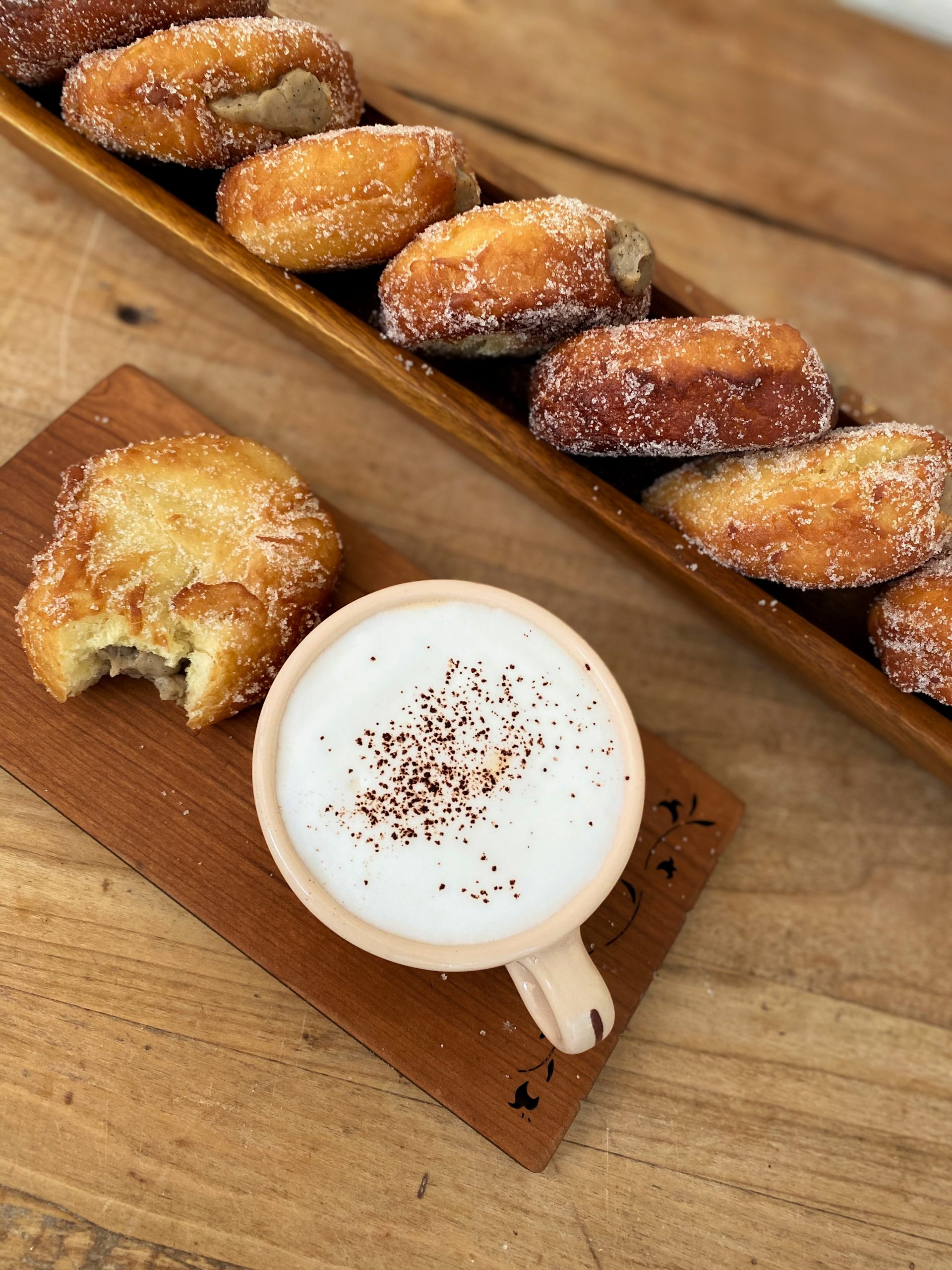A combination of tight global supplies of washed Arabica futures and speculative buying has caused the price of coffee on the worldwide market to rise. Without more explanation of the behind the scenes of coffee futures, what you may have noticed is that the cost of your daily cup of coffee may be increasing, as coffee roasters and retailers raise their prices to cover their own rising costs of green (unroasted) coffee. This increase has raised the question: Will consumers change their coffee-drinking habits?
Bruce Milletto of The American Barista & Coffee School in Oregon notes, “When other commodities go up in price, consumers don’t cut out that activity, although they may alter them slightly.” He adds, “Coffee has been a stable commodity for years, and I believe people will get used to spending a bit more for their coffee.”
As for the possibility that consumers will opt for lower priced (i.e. lower quality coffee), Milletto is confident that choosing lower quality isn’t an option. “Our palates have memories and there is no way to go back once we get used to drinking great coffee. It is no different than drinking great wine, ice cream, or cheese.”
If rising coffee prices tempt you to cut back on your daily consumption fo coffee, or, (dare I say it), choose a lower quality coffee, below are a few tips from Jeff Vojta ofStockton Graham and Co. and Marc Inman of Volcafe Specialty Coffees, about how to handle the price increases:
* Find a coffee shop with traditional barista who hand craft your drink as you order it. Enjoy watching and interacting with your barista as your drink is being prepared with the highest levels of professionalism. It’s a great time to also learn more about coffee and coffees for you to try. Savor this moment for more than a cup of coffee, it’s an experience that focuses on the individual consumer making your drink just the way you want it. – Jeff Vojta
Did you know?
The average price for an espresso-based drink is $2.45
The average price for brewed coffee is $1.38
* Buy fresh roasted beans from a retailer that understands coffees and guide you through selecting the best one for you. Make sure the store knows when their beans were roasted, where the beans came from, and what makes this coffee special or unique. Quality coffees will cost a bit more, but the flavor and buying experience is worth it. Do not buy more than you can drink in a week or so. Fresh is better. –Jeff Vojta
* Brew at home and save money. Save huge by brewing your coffee at home. Let’s say the coffee ends up going for $20.00/lb at the grocery store, even still it would only cost your $0.44/cup if you were to brew at home, versus $1.75 average for same cup at the corner café. Except for the fact it will be served in your mug (instead of a paper-y tasting cup with a flimsy plastic lid). Taking the economics one step further- for every cup of brewed coffee you consume, you would save on average $475.00 a year if you were to brew that coffee at home. Drink 2 cups a day, that’s a plane ticket to Europe! – Mark Inman
* Brew by the Cup. Opt for by the cup brewing options vs. brewing an entire pot. It is a fact that the largest consumer of coffee is the kitchen drain as most coffee ends up being dumped down it each day. (Somewhere around 74% of your coffee consumption ends up getting tossed). Single cup brewers brew only what you need- keeping your costs down. With all that you save from brewing at home you can splurge on a very nice brewing setup from either TruBru (www.trubru.com) or the Clive coffee stand (www.clivecoffee.com) – Mark Inman
There are many single cup options – from the Mellita cone drinks, to newer single cup methods like the Hario, Chemex, Clever Dripper, etc. With an electric kettle, it is quick and easy to brew just the amount of coffee you want to drink and savor. Grinding and brewing your own will give you a taste beyond compare with incredible aromas — a coffee that you can savor and appreciate the cup profile. Brewing just what you need is easy and generates less waste and gives you the biggest possible flavor. – Jeff Vojta
@@page
* Understand what it takes to bring the coffee to your cup. Most consumers have no idea of the investment that a coffee farmer makes to bring quality coffees to the consumer. They first have to dedicate land to start the trees. Once the coffee trees are transplanted into the fields, it can be 7 to 10 years before optimal production kicks in. The trees require lots of care (pruning, weeding, fertilizers, etc.).
Once a tree starts to produce coffees, most of the high grown Arabica’s (the backbone of the specialty coffee industry) are hand-picked from each tree with 3 to 5 pickings. It is hard work just to get the coffees cherries off the trees and ready to head for processing to enable them to be ready for shipping. Transportation from the farm to the mill is critical and costly. Milling the coffees requires lots more labor, including many of the coffees being hand graded or selected. The coffees then have to make it from the countries around the world to the US and the roaster.
Coffee farming has always been uncertain, hard work. However, many of the same economic factors being felt by the American consumer are impacting the costs of producing coffee as well. The rising energy costs worldwide impact the coffee farmer in a number of ways. Basic transportation of maintaining the farm are higher, the costs to get the coffees to the mills and ports is much higher. The costs of fertilizers and other agro inputs are rapidly rising. Inflation rates are higher in many of the coffee producing nations, such as Brazil. This in turn triggers automatic increases in their minimum wages which translates into higher costs labor costs for the farmer. – Jeff Vojta
Did You Know?
*Americans consume 400 million cups of coffee per day making the United States the leading consumer of coffee in the world.
* Over 50% of Americans over 18 years of age drink coffee every day. This represents over 150 million daily drinkers. 30 million American adults drink specialty coffee beverages daily; which include a mocha, latte, espresso, café mocha, cappuccino, frozen/iced coffee beverages, etc.
Source of Statistics: The National Coffee Association and The Specialty Coffee Association of America conduct annual surveys
Photos:
American Barista & Coffee School: Photos 1,2,4
Nicholas Cho, Wrecking Ball Coffee Roasters: Photo 5





